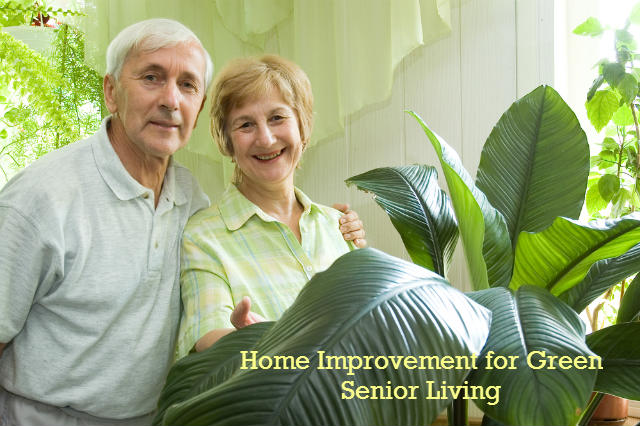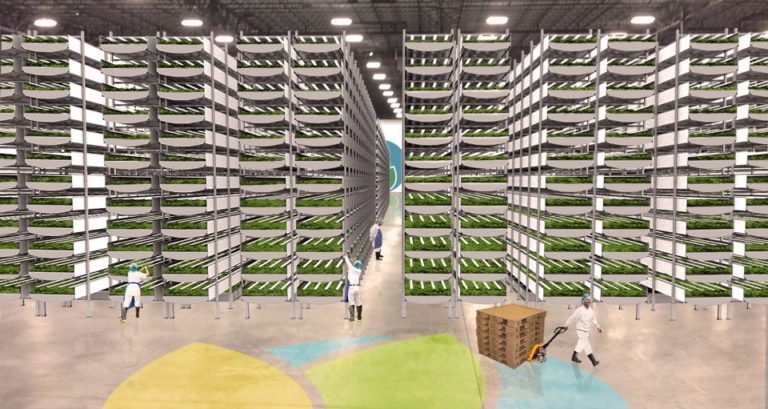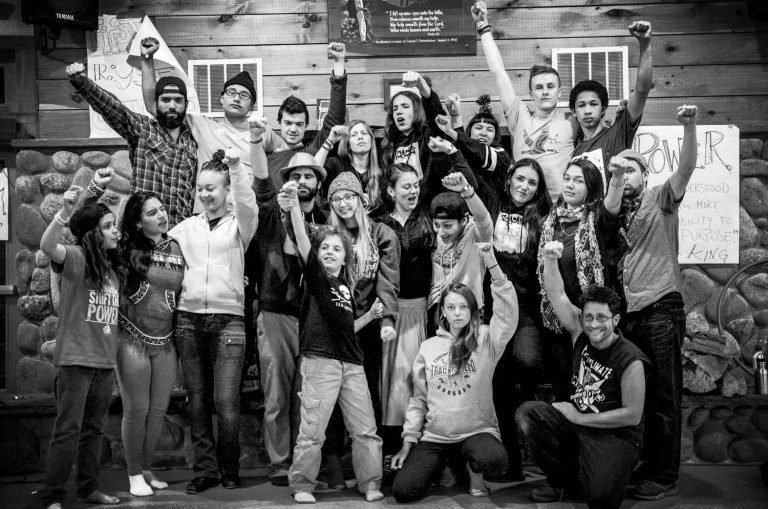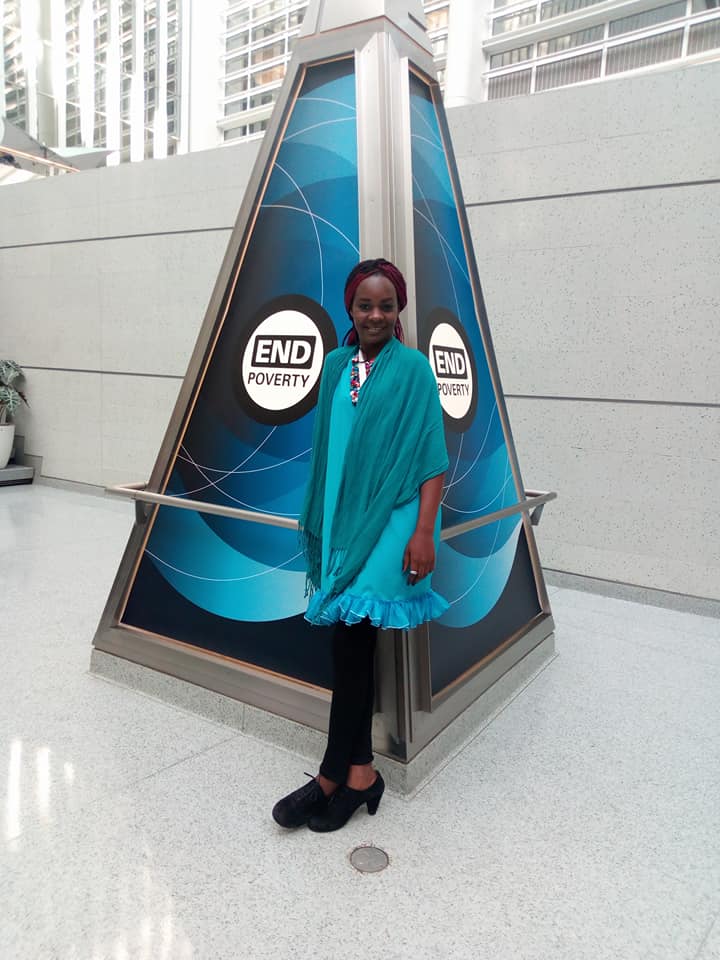Thirty years ago there were no disposable diapers, televisions in every room, or plastic soda bottles. Whether intentional or inadvertent, seniors came of age in a more ecologically harmonious era. Well, it’s not too late for them to return to the sustainable mindset of their youth. Sure, now they have a few more grey hairs and a conscious green sensibility. Armed with these assets, seniors and their families can make sustainable home improvements.
In this post, rather than cover expensive or emerging technologies, we are going to return to basics, tackling 25 easy and affordable home improvement tips for seniors looking to age in place and live greener.
Light it Up
Poor lighting is a safety hazard for seniors, causing headache, eye strain and unsafe conditions. Dark rooms and entryways are open invitations for slips and falls. Moreover, poor lighting can be a sustainability challenge. Old incandescent bulbs consume too much energy and throw off too much heat. This increases energy bills with little return.
Smart seniors swap out their incandescent bulbs in favor of LED bulbs (#1). They don’t need to make the change all at once. Instead, start with the most heavily used lighting locations (#2). Then, transition bit by bit (#3) and soon enough they’ll be greener and safer.
While lighting the way, add motion-sensing LED nightlights to stairs and hallways (#4). These low energy consumption lights will reduce spending and keep seniors safer.
Turn it to the Left. Turn it to the Right.
Be a nonconformist and zig when others zag. Greener seniors increase their thermostat (#5) in the summer and lower their thermostat in the winter (#6). Two degrees either way can make a huge difference to the environment and to the monthly energy bill (#7). Seniors on a fixed income will appreciate the extra dollars each month.
Make judicious use of fans in the summer and space heaters in the winter (#8). Large ceiling fans circulate air better and reduce the need for HVAC (#9). In the winter, choose vented, UL listed electric space heaters (#10). Plug them into the wall, rather than daisy chaining them across the room (#11). These heaters will focus energy on warming people rather than the entire home. Remember to protect yourself from fire risks. Never use space heaters for drying clothing or other fabrics (#12).
Clean it Up
Many home cleaning products contain harsh, corrosive chemicals. Further, arthritis, reduced flexibility, and joint issues make cleaning harder as we age. What’s the tidy senior to do?
Greener seniors know that when it comes to sustainable home cleaning, nothing beats the classics. Many eco-friendly cleaning recipes use staples like vinegar, lemon juice, baking soda, peroxide and water (#13). Seniors will clean better and safer. And if you need a rag, old t-shirts make great green cleaning materials (#14).
Wash it Up (All At Once)
Nothing bothered my mother more than a lone dirty dish sitting in the sink. Well, if she can make the sustainability switch, everyone can. Fight the inner urges and let those lone dishes sit (#15).
To save water and energy, only wash full loads of dishes (#16). Greener seniors know that using an Energy Star-certified dishwasher is more efficient than doing them by hand (#17). These products use 15-50% less energy than conventional appliances. The investment will pay for itself in just a few years.
In the same vein, savvy seniors will wait until they have a full load before doing the laundry (#18). Double-down on the savings by using cold water for both laundry and dishes (#19). Then, allow clothing and cutlery alike to air or line dry instead (#20).
Double Up
Greener seniors cohabit with family, friends, or other seniors (#21). Housing and living costs scale with more people under the same roof. Elderly folks aren’t likely to bunk up college frat house style. But, cohabitation is an attractive option for many.
Senior couples may be widowed or divorced. They also may want to keep their estates separate to preserve wealth for their families. Cohabitation helps seniors go green and helps them preserve green too.
Sharing a home reduces loneliness for the occupants. Sharing the household costs reduces the ecological footprint. Finally, cohabitation increases mental stimulation for all residents of the combined household. Cohabitation is a win all around.
Finish It Up
There you have it. You’ve just discovered 21 easy, low cost home improvement tips to help seniors age in place better and greener.
Ok, maybe #21 isn’t so easy, but it is life-changing.
Shayne Fitz-Coy is the Co-CEO of Alert-1, an aging-in-place technology company headquartered in Williamsport, Pennsylvania. Shayne is a certified aging in place specialist with degrees from Harvard College and Stanford Graduate School of Business. Shayne is in charge of unloading the dishwasher in his Bay Area home.






